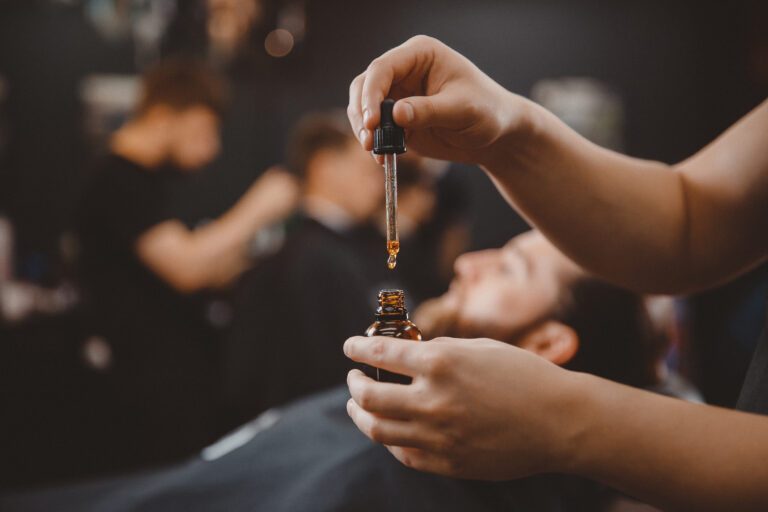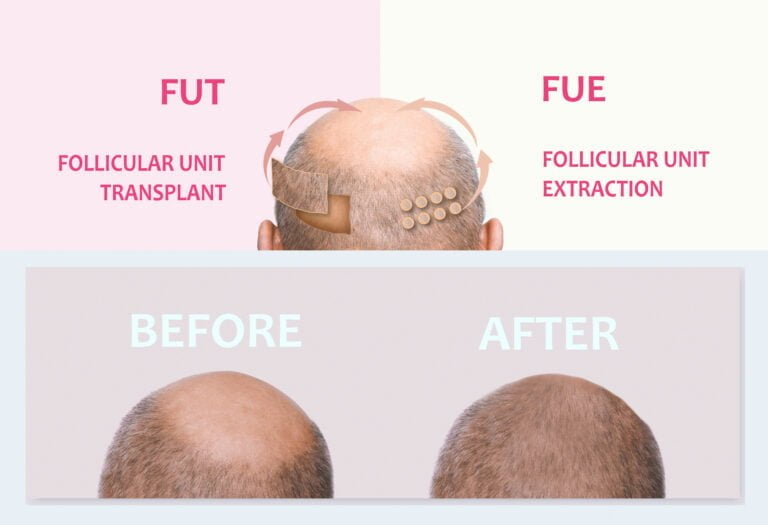Elon Musk Hair Transplant: Expert Analysis of His Procedures
Like numerous celebrities, rumor has it that Elon Musk underwent at least one cosmetic procedure. When photos of the tech billionaire from the PayPal era resurfaced on the internet, experts and fans speculated that he had undergone hair restoration surgery.
In this article, we’ll explore Elon Musk’s hair transplant. From the procedure type to the number of hair grafts, keep reading for all the details!
Did Elon Musk Get a Hair Transplant?
Yes! Although the tech billionaire didn’t reveal he had a hair transplant, many experts believe that Elon Musk had the former procedure to restore his hairline. And it doesn’t need experts to know this.
If you look at Elon Musk’s hair in the past, you can see that he had thinning hair compared to his current hairline. Let’s dig deeper into SpaceX’s founder’s hair growth journey!
Elon Musk’s Hair Changes Throughout the Years
In the 90s, when Elon was in his late 20s, you could see he had significant frontal and mid-scalp hair thinning. However, the tech billionaire didn’t go bald in the crown area. Plus, his donor region, usually the head’s back and sides, contained dense, thick hair.
Elon’s hair density showed improvement in the early 2000s, particularly in the crown region. It wasn’t until 2007 that you could notice significant hair growth in the frontal-mid scalp. And in the late 2000s, you can notice Elon’s hairline becoming straighter and even.
As you might know, patients with male pattern baldness (androgenetic alopecia) don’t magically grow their hair back. Doctors prescribe medications to help maintain existing hair and prevent further balding.
Additionally, your surgeon might suggest a hair transplant, especially if you’re at a late stage of androgenetic alopecia.
FDA-approved medications for hair regrowth include minoxidil and finasteride. Although both treatments stimulate hair growth, they work in different ways.
The former is a topical treatment. When applied to the hair, sulfotransferase, a scalp enzyme, converts minoxidil into a sulfate salt. The latter is the active ingredient that shortens the telogen phase, the hair’s resting phase, causing it to enter the growing stage.
As for finasteride, it’s an oral medication sold under the brand names Propecia or Proscar. It works by blocking the action of 5-alpha-reductase, an enzyme that converts testosterone to another hormone that causes hair loss.
Elon Musk was most likely on medical therapy during the early 2000s to increase his hair density and prepare for his hair transplant.
How Did Elon Musk Get His Hair Back?
Elon Musk got his hair back by undergoing FUT hair surgery. Experts believe he didn’t opt for one but two procedures between 2003 and the late 2000s.
Generally, there are two types of hair restoration surgeries: the FUT and FUE. The latter is more advanced and wasn’t popular until the 2010s. For that reason, Elon went for the former procedure since he had his hair transplant in the early 2000s.
Additionally, the tech billionaire has the typical linear scar on the back of his head all the way to the sides, which proves he underwent a FUT surgery and not an FUE.
What Is a FUT?
After observing Elon’s impressive hair transformation, you might wonder: what is a FUT?
Follicular unit transplantation, or the strip harvesting method, is a hair restoration surgery. The technique involves removing a hair strip from a donor area and dissecting it to obtain grafts, each containing 1-4 hairs.
The surgeon then implants those follicles into the head to cover the baldness. However, the physician reinserts them in a way that mimics a natural hairline.
Here’s a detailed explanation of FUT in case you’re considering a hair transplant:
Operational Time
Generally, FUT is a one-day procedure, and it’s faster than FUE. The hair restoration operation can take 4-8 hours. The duration varies depending on the treated area’s size and the number of hair grafts needed. In some cases, FUT can take 12 hours.
Cost
On average, FUT can cost between $7,000 and $10,000. Most clinics charge per graft, which can be as little as $2.50 or as much as $7.
Having said that, several factors affect the total price of a FUT hair transplant procedure.
One of the pivotal factors is the degree of baldness.The more bald spots you have, the more hair grafts you need to achieve full coverage. Consequently, the procedure consumes more time than average. Of course, that increases the final cost of the FUT.
Pain
Usually, you won’t feel pain during a FUT procedure. That’s because this operation requires local anesthesia, which blocks the nerves and prevents them from carrying pain signals to the brain. Additionally, the surgeon might give you sedatives to help you relax.
While you most likely won’t experience any discomfort during the surgery, you might, however, feel some tugging.
Once the anesthesia wears off, FUT can be painful. That’s because the former procedure is invasive and involves removing skin tissues to obtain the grafts and stitching.
Healing Time
As surprising as it sounds, FUT healing time is manageable. It usually takes five weeks or longer to recover from a FUT. However, you can resume your daily activities after 7-12 days.
How Many Hair Plugs Has Elon Musk Had?
When comparing Elon Musk’s hair loss in his 20s and his current fuller hairline, the tech billionaire had numerous hair implants. That’s probably between 5000-5500 grafts. As mentioned earlier, he achieved these amazing results over two FUT procedures.
During the first FUT, which was most likely between 2003 and 2007, Elon underwent a 2000- to 2500-graft FUT hair transplant. That amount of hair generally comes from a short hair strip that leaves a relatively unnoticeable scar.
The first procedure covered the crown area well. However, you can still notice the difference between the donor area and the rest of the head. That’s especially true for the frontal scalp, which had low hair density.
Between the late 2000s and 2010s, Elon had his second FUT. He probably implanted an additional 2500-3000 grafts. The former resulted in one long, visible scar on the head’s back and sides.
So, the surgeon probably incorporated the original scar with the one in the second FUT procedure.
However, in some photos, Elon’s hair transplant scars are less visible. That indicates he might have undergone scalp micro-pigmentation, a cosmetic procedure to camouflage thinning hair.
What Is Scalp Micro-Pigmentation?
As the name suggests, scalp micro-pigmentation is a procedure that involves tattooing the head to cover up bald spots. The process is simple and non-invasive, yet effective in making FUT scars less visible.
During the cosmetic procedure, a skilled technician uses a small, thin needle to make small pigmented dots that resemble hair follicles. While scalp micro-pigmentation won’t cause hair growth, it’s a smart way to create the illusion of thick, high-density hair.
The best part is that you can wear your hair short even after having a hair transplant! Thanks to the tattooing procedure, your FUT scar becomes less visible.
That said, scalp micro-pigmentation isn’t lifelong. It typically lasts between 4 and 6 years. Over time, your skin exfoliates itself naturally, causing the color to fade away.
Plus, your immune system absorbs cosmetic pigmentation and removes it from the body since the former is a foreign object.
Elon Musk’s Hair Before and After
When observing the remarkable results, Elon Musk’s hair transplantation seems like a perfect decision. During his late 20s, Elon’s hair loss pattern was at Norwood stage four, transitioning to stage five.
For those who don’t know, the Norwood scale is a classification system to measure male pattern baldness. It consists of seven stages, and each one measures the degree of hair loss. Here’s a detailed explanation of each stage:
- Stage 1: No obvious hair loss pattern or receding hairline.
- Stage 2: Slight hairline recession around the sides of the forehead (the temples).
- Stage 3: Early stage of hair loss; the hairline appears v-shaped, and the balding spots contain little to no hair.
- Stage 3 vertex: The hairline state is similar to stage 2. However, there’s obvious hair loss at the scalp’s top (the vertex).
- Stage 4: Hair loss in the frontal area of the forehead and the vertex. However, the two areas are separated by a band of hair in the mid-scalp region.
- Stage 5: Similar hair loss patterns as stage four, but with significant hair loss. The separating hair band is also narrower.
- Stage 6: The hair band disappears, and the balding areas at the temples join the vertex.
- Stage 7: Complete balding in the vertex, mid-scalp, and temples. Only a hair band going around the sides is present.
Without interventions, the tech billionaire would have probably been at Norwood 6 or completely bald by now.
After undergoing two FUTs, Elon boasts a robust frontal and mid-scalp hair density. Because his donor area was thick, the tech billionaire didn’t show signs of thinning hair after harvesting grafts from the head’s back and sides.
Conclusion
Although SpaceX’s founder never publicly admitted or denied the rumors of having a hair restoration procedure, experts believe he underwent two FUT surgeries. And many would agree that Elon Musk’s hair transplant journey is impressive.
Before the medical intervention, Elon was at stage 4 of the Norwood scale, which includes noticeable frontal and mid-scalp balding. He probably would have gone totally bald as he aged.
Thanks to the hair procedure, Elon currently has a thick, even hairline that matches the hair density of his sides and the back of his head.
That said, what works for the tech billionaire might not work for you. If you’re considering a hair transplant, it’s crucial to consult with a qualified surgeon to determine which procedure suits you best and ensure satisfactory hair growth results.







